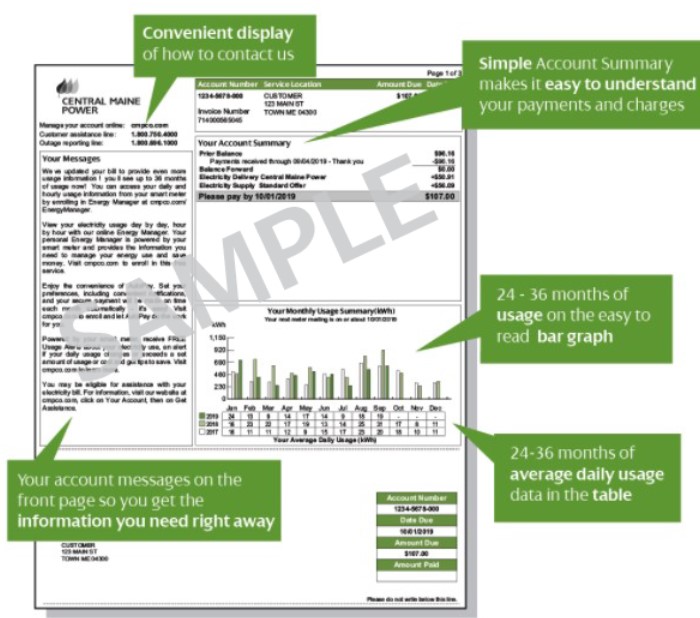Understanding the Cost of Business Electricity

Understanding the Cost of Business Electricity: Exploring Pricing Factors and Real-World Examples
Electricity is a critical resource for businesses, powering operations and fueling productivity. However, understanding the cost of business electricity can be complex, as it is influenced by various factors. In this article, we will explore the pricing components of business electricity and provide real-world examples to illustrate the range of costs. By examining factors such as electricity rates, consumption patterns, industry-specific requirements, and market dynamics, we aim to provide businesses with a comprehensive understanding of how much business electricity can cost and the factors that contribute to its pricing.
I. Electricity Pricing Components
Electricity Rates:
Electricity rates, determined by utility companies and regulatory authorities, form a significant part of the overall cost of business electricity. These rates can vary based on geographic location, time of use, demand levels, and the type of business or industry. Rates are often classified into different tariff structures, including flat rates, time-of-use rates, demand-based rates, and tiered rates.
Consumption Patterns:
The electricity consumption patterns of a business play a vital role in determining the cost. Higher energy usage typically leads to increased costs. Factors such as the size of the facility, the number and type of electrical equipment and machinery, hours of operation, and seasonal variations can impact consumption levels. Monitoring and optimizing energy usage through energy management systems and efficiency measures can help businesses reduce costs.
Industry-Specific Requirements:
Certain industries have unique electricity requirements that can affect pricing. For example, manufacturing facilities with heavy machinery may have higher energy demands compared to office spaces. Industries with 24/7 operations, such as data centers or hospitals, may have specific electricity needs and backup power requirements, which can influence costs.
Contract Terms and Negotiation:
Businesses often enter into contracts with energy suppliers, which can have a significant impact on pricing. Contract terms, including contract length, fixed or variable rates, and negotiated discounts or incentives, can affect the overall cost of business electricity. Careful negotiation and comparison of offers from different suppliers can help businesses secure favorable pricing arrangements.
II. Real-World Examples of Business Electricity Costs
Small Retail Store:
A small retail store with modest energy needs, such as lighting, heating, air conditioning, and point-of-sale systems, may have an average monthly electricity bill of $500 to $1,000. The cost can vary based on factors like the store's size, location, operating hours, and the energy efficiency of its equipment.
Manufacturing Facility:
A medium-sized manufacturing facility with substantial machinery and equipment may have significantly higher electricity costs. Monthly bills can range from $5,000 to $20,000 or more, depending on factors such as the size of the facility, production volume, equipment efficiency, and energy management practices. Implementing energy-saving measures, such as upgrading to efficient equipment or optimizing production processes, can help lower costs.
Office Building:
An office building's electricity costs can vary widely depending on factors such as the building's size, the number of occupants, HVAC usage, lighting systems, and the presence of data centers or server rooms. Monthly bills for a medium-sized office building may range from $2,000 to $8,000. Implementing energy-efficient lighting, HVAC controls, and occupant awareness programs can contribute to cost savings.
Restaurant:
Restaurants have unique electricity requirements due to cooking equipment, refrigeration, ventilation, and lighting needs. A small restaurant might have a monthly electricity bill ranging from $1,000 to $3,000, while larger establishments or chain restaurants could have bills exceeding $5,000. Implementing energy-efficient appliances, optimizing kitchen operations, and using LED lighting can help restaurants reduce electricity costs.
Data Center:
Data centers are energy-intensive facilities that require continuous power supply and specialized cooling systems. The electricity costs for data centers can be substantial, often ranging from tens of thousands to hundreds of thousands of dollars per month. Factors influencing costs include the size of the facility, power density, energy efficiency measures, redundancy requirements, and the demand for computing power.
Large Retail Chain:
Large retail chains with multiple stores and extensive operations consume significant amounts of electricity. The costs can vary based on the size and number of stores, energy efficiency measures implemented, and the geographic spread. Monthly electricity bills for a large retail chain can range from tens of thousands to hundreds of thousands of dollars.
Industrial Complex:
Industrial complexes, such as chemical plants or heavy manufacturing facilities, have high electricity demands due to large-scale production processes and specialized equipment. Monthly electricity costs for an industrial complex can reach several hundred thousand dollars or even millions, depending on factors such as production volume, machinery requirements, and energy management practices.
III. Strategies for Managing Business Electricity Costs
Energy Efficiency Measures:
Implementing energy-efficient practices and equipment upgrades can significantly reduce electricity costs. This includes using LED lighting, installing programmable thermostats, optimizing HVAC systems, and conducting regular energy audits to identify areas for improvement.
Demand Response Programs:
Participating in demand response programs allows businesses to reduce electricity costs during peak demand periods by voluntarily reducing their energy consumption. This can involve adjusting non-essential operations or temporarily reducing equipment usage in exchange for financial incentives.
Renewable Energy Adoption:
Investing in renewable energy sources, such as solar panels or wind turbines, can help businesses lower electricity costs in the long term. Generating on-site renewable energy or procuring renewable energy through power purchase agreements can provide cost stability and support sustainability goals.
Energy Management Systems:
Implementing advanced energy management systems enables businesses to monitor and optimize energy usage. These systems provide real-time data on electricity consumption, identify inefficiencies, and enable businesses to make informed decisions to reduce costs.
Negotiating Supplier Contracts:
Carefully negotiating electricity supply contracts with energy suppliers can result in favorable rates, incentives, or discounts. Comparing offers from multiple suppliers and understanding contract terms and conditions are essential to secure the best pricing arrangements.
The cost of business electricity is influenced by various factors, including electricity rates, consumption patterns, industry-specific requirements, and contract terms. Real-world examples highlight the range of costs experienced by different types of businesses. By implementing energy efficiency measures, exploring renewable energy options, participating in demand response programs, and negotiating supplier contracts, businesses can effectively manage their electricity costs. Understanding the factors that contribute to business electricity pricing empowers businesses to make informed decisions, optimize energy usage, and drive cost savings while ensuring uninterrupted power supply for their operations.
